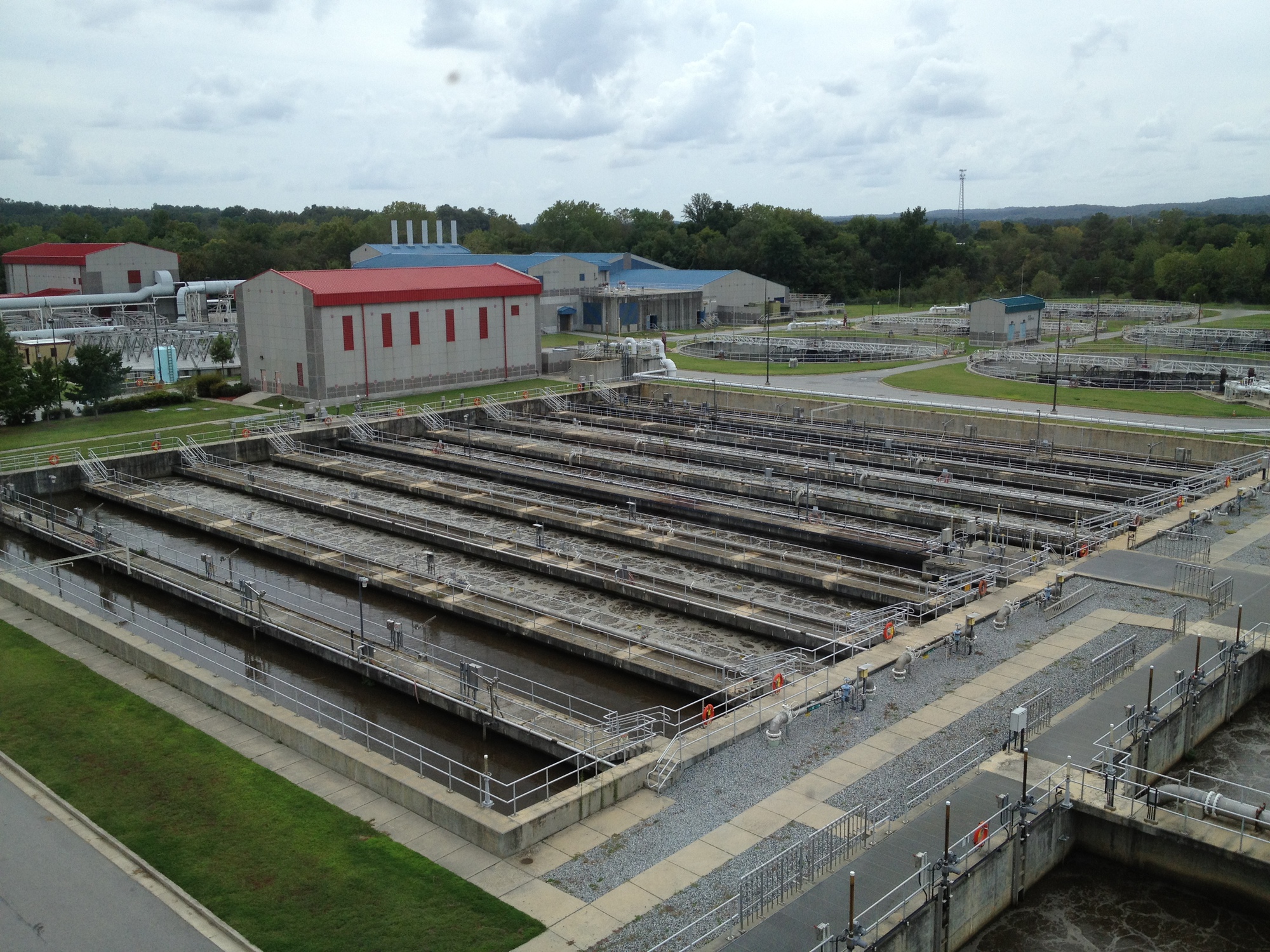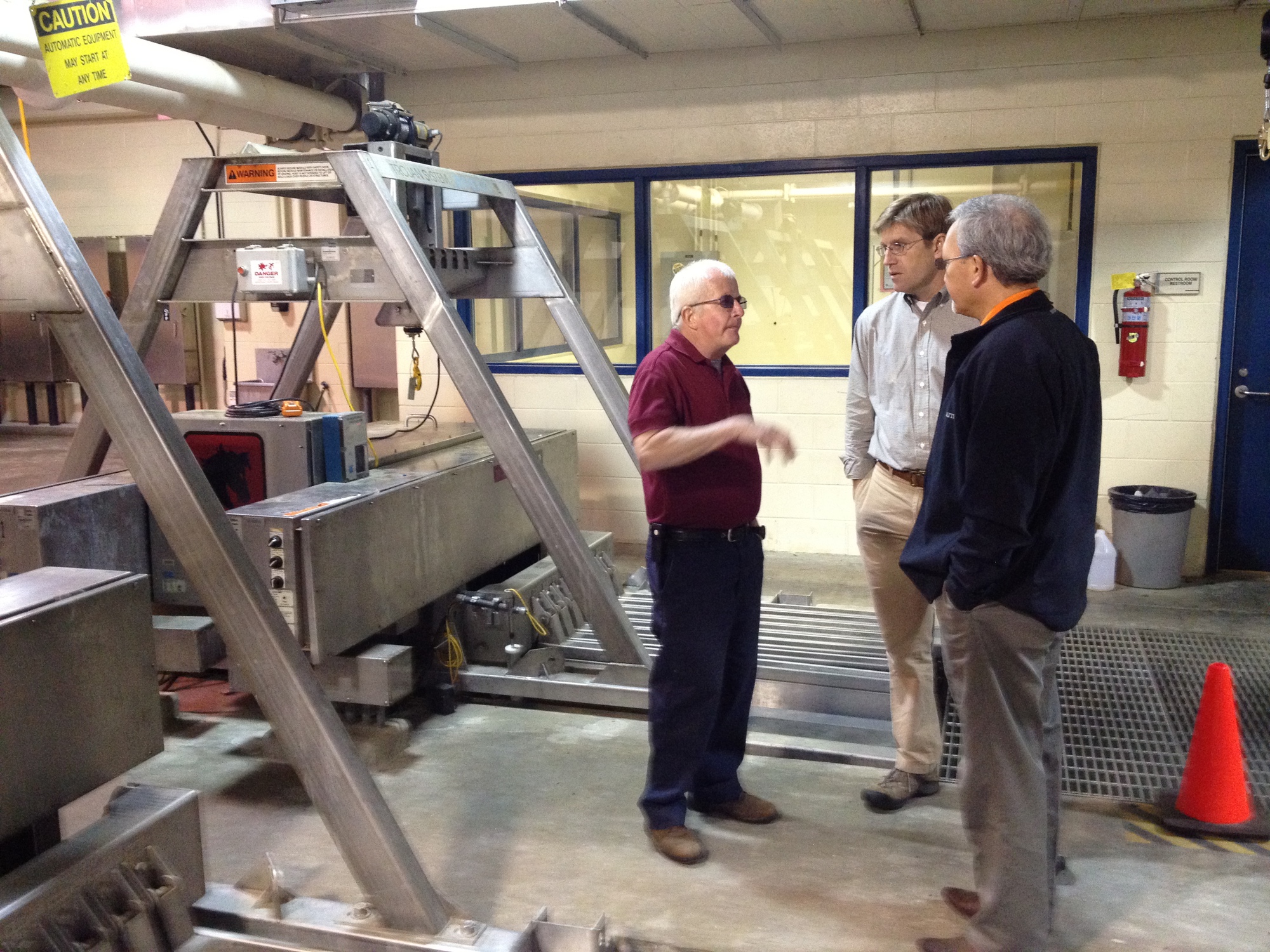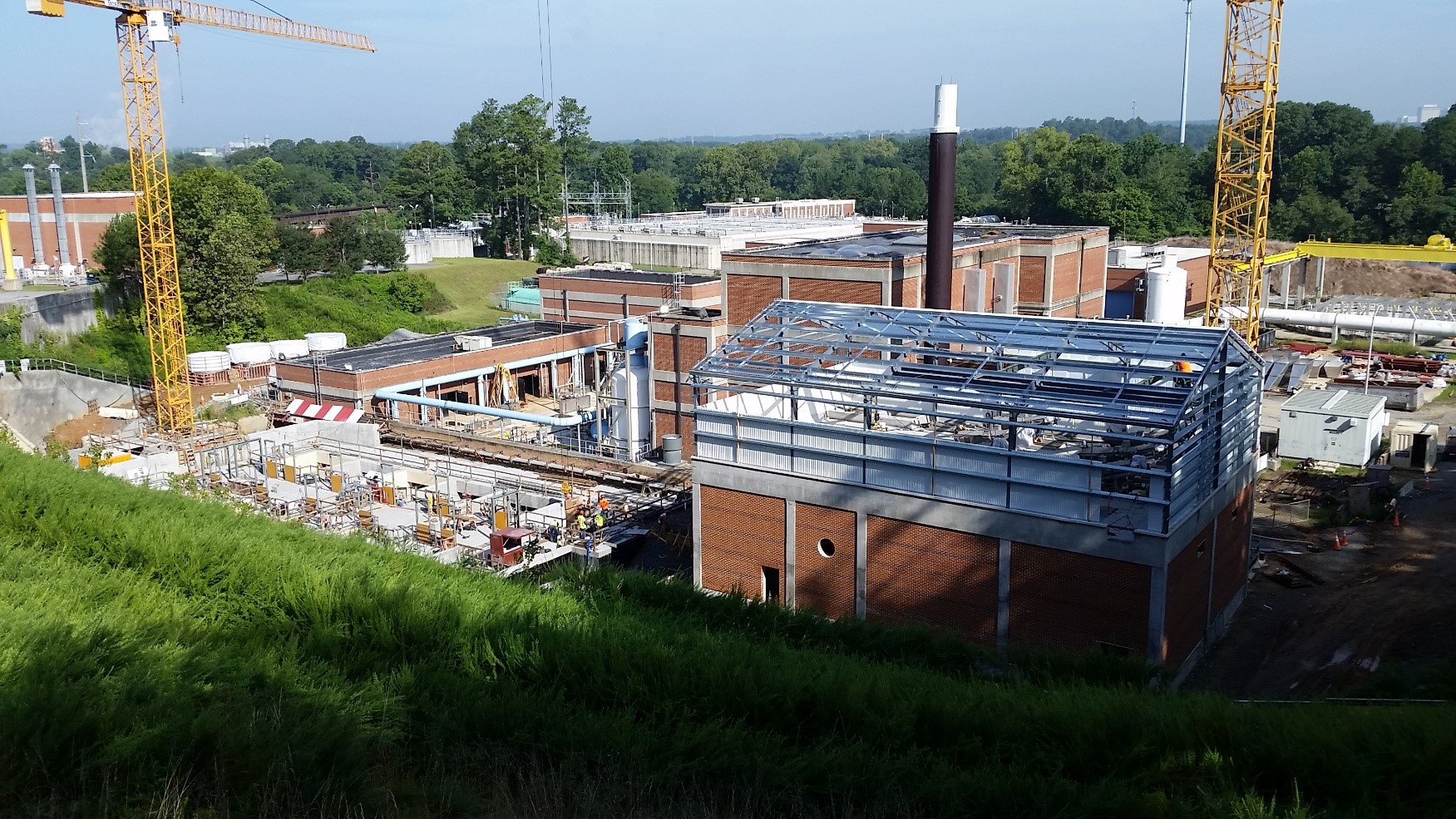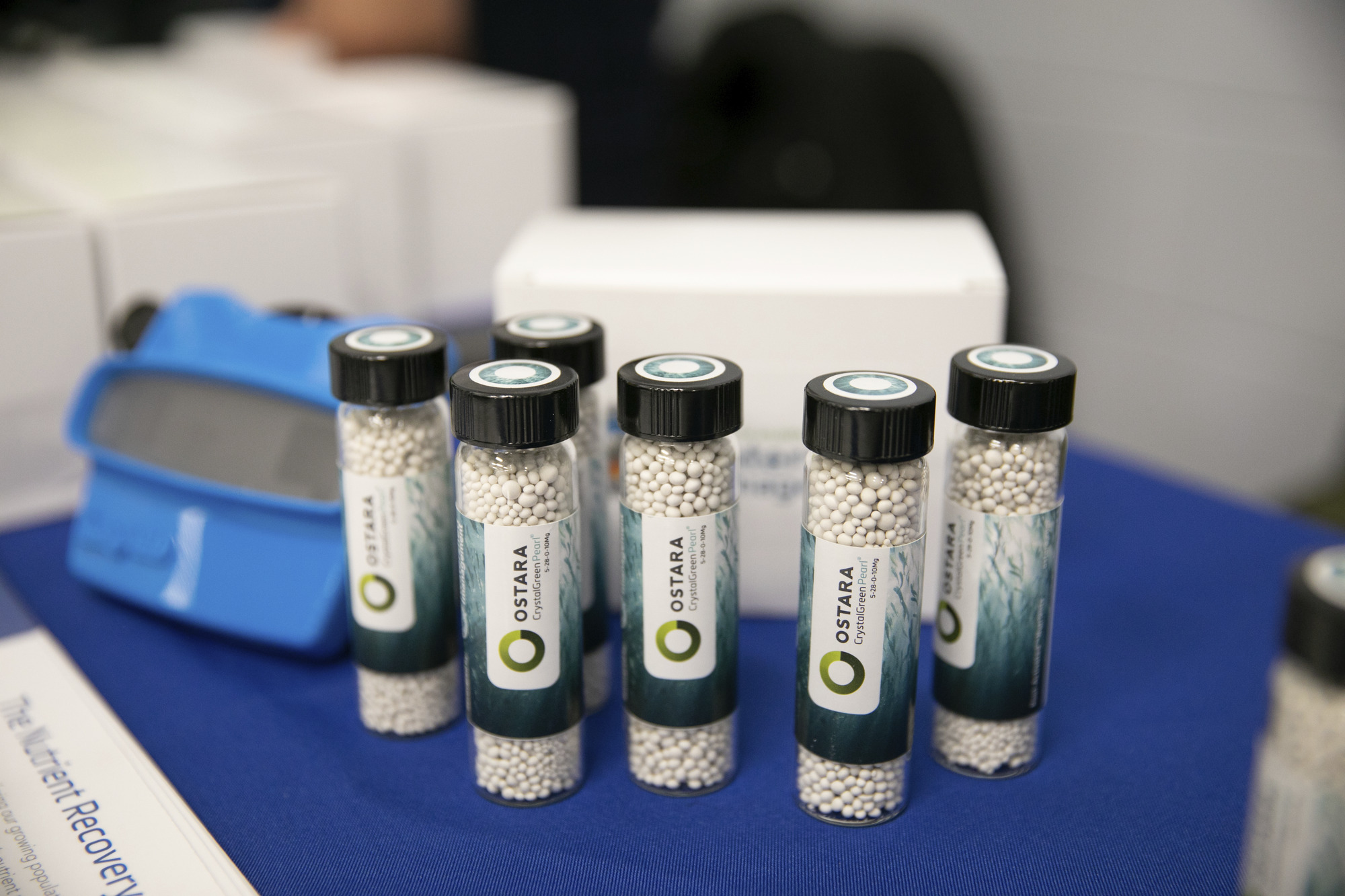Over the past 10 years, the City of Atlanta and surrounding metropolitan area has seen a robust 16% growth in population, which has simultaneously led to an increase in the service area of its’ critical water and sewer infrastructure services. As a result, the Department of Watershed Management (DWM) developed “A One Water Vision,” to provide all residents with access to safe, clean drinking water and reliable wastewater services while also improving infrastructure resiliency and operational efficiency.
To accommodate for the population growth and meet the standards set out in “A One Water Vision,” the City of Atlanta needed to update their Wastewater Master Plan. A joint venture between Gresham Smith, River to Tap and Black & Veatch, the project sought to generate a viable, long-term wastewater system master plan to help DWM become a utility of the future.
services provided
facilities evaluated
year wastewater management plan
The Original Master Plan
In 2014, Gresham Smith led the development of a comprehensive 50-year wastewater management plan for the City of Atlanta’s four wastewater facilities – the 100 million gallons per day (mgd) R.M. Clayton Water Reclamation Center, 40 mgd Utoy Creek Water Reclamation Center, 35 mgd South River Water Reclamation Center and 48 mgd Intrenchment Creek Water Reclamation Center. The project included regulatory and compliance assessments, analysis and validation of plant capacity, an evaluation of the critical systems and an investigation of the historical operations and maintenance costs. The firm then made recommendations to optimize anaerobic digestion, biogas production, nutrient harvesting and energy optimization.Moving Forward, Together
The City of Atlanta had a significant amount of money set aside in its Capital Improvement Plan to update its wastewater infrastructure. As a firm, we knew that this was an opportunity to put forward a plan that was sensible, could be executed and would modernize utility design and operations.The firm held multiple in-person workshops with DWM and other metro area stakeholders over the course of one year to fully understand their needs. Because our relationship had gone back an entire decade, we knew they depended on us to deliver an innovative, forward-thinking approach. While the plan would be revisited periodically and updated, Gresham Smith’s engineers brought ideas to improve sustainability, resiliency and operational efficiency.
An Eye on the Future
We used various techniques to create wastewater flow projections and service demands. And we analyzed demographic information through the year 2060, including expected population growth and employment projections. We calculated peak flows based on historical data, as well as a trend-based linear forecast that used data from the water reclamation centers.We then compared these numbers to the weekly and monthly flow capacity limits at each of the four water reclamation centers, and found that these could be exceeded in the near future. We made several recommendations to increase capacity, including improving the digester and biosolids systems.
Sustainable and Supportable
Enhancing sustainability for the City of Atlanta’s water resources was an integral part of the capital improvement plan, focusing on a transition to clean energy and climate resiliency. Therefore, we conducted an energy audit and benchmark analysis. Solar Panels are being installed at the R.M. Clayton, South River and Utoy Creek water reclamation centers, which will result in a 7.7 percent electricity usage reduction.The City of Atlanta has experienced prolonged periods of drought followed by periods of record rainfall, making climate variability a prominent factor. We used the U.S. Environmental Protection Agency’s Climate Resilience Evaluation and Awareness Tool to monetize the consequences of climate events through 2060, including damage to utility equipment, water quality management and public health impacts from sewer overflows.




